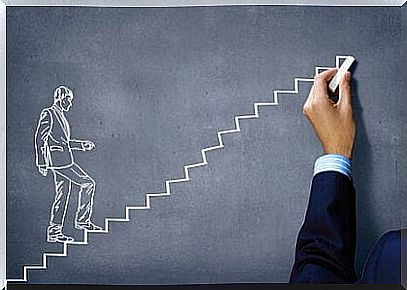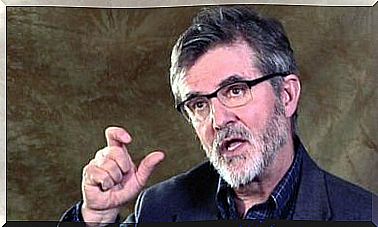The Theory Of Self-determination

Self-determination has often been used in a diplomatic and political context to describe the process a country undergoes to assert its independence. However, self-determination also has a much more personal and psychologically relevant meaning: the ability or process of making one’s own decisions and controlling one’s life. In fact, self-determination is a vital piece associated with psychological well-being.
Self-determination theory suggests that people are motivated to grow and change by innate psychological needs. The theory identifies three innate and universal psychological needs: the need for competence, the need for connection, and the need for autonomy. Furthermore, intrinsic motivation plays an important role in self-determination theory.
Self-determination theory is a theory that links personality, human motivation, and optimal functioning. It postulates that there are two main types of motivation – intrinsic and extrinsic – and that both influence, and a lot, who we are and how we behave.
The theory of self-determination emerged from the work of researchers Edward L. Deci and Richard M. Ryan on motivation in the 1970s and 1980s. Although it has grown and expanded since then, the basic tenets of the theory come from the book Deci and Ryan published in 1985 on the subject.

The first assumption of self-determination theory is that people are “growth-directed activities.” Mastering challenges and assimilating new experiences is essential to build your own sense. In this sense, Deci and Ryan’s theory suggests that people act motivated by the need to grow and obtain satisfaction.
While people are motivated by the promise of external rewards, such as money, prizes, or social recognition (known as extrinsic motivation), self-determination theory focuses primarily on internal sources of motivation, such as the need to acquire knowledge. or independence (known as intrinsic motivation).
According to the theory of self-determination, people need to feel the following to achieve such psychological growth :
- Competence : people need to master tasks and learn different skills.
- Connection or relationship : people need to experience a sense of belonging and attachment to other people.
- Autonomy : people need to feel in control of their own behaviors and goals.
Deci and Ryan suggest that when people experience these three things, they become self-determined and may feel intrinsically motivated to pursue the things that interest them.
It is important to note that the psychological growth described by the theory of self-determination does not happen automatically. Although people can be oriented towards that growth, it requires continuous sustenance. According to Deci and Ryan, social support is the key. Through our relationships and interactions with others, we can promote or frustrate personal growth and well-being.
Motivation and self-determination
According to Deci and Ryan, extrinsic motivation stems from an interest in the external. Such sources include rating systems, employee evaluations, awards and praise, and the respect or admiration of others.
On the other hand, intrinsic motivation comes from within and is closely associated with the task itself. There are inner drives that motivate us to behave in certain ways, including our core values, our interests, and our personal sense of morality.

Although it seems that intrinsic motivation and extrinsic motivation are opposite, with intrinsic driving behavior consistent with our “ideal self” and extrinsic that leads us to conform to the standards of others, there is another important distinction to differentiate motivations. That is why the theory of self-determination differentiates between autonomous motivation and controlled motivation.
Autonomous motivation includes motivation that comes from internal sources, but it also includes motivation from extrinsic sources if the individual has identified with the value of an activity and feels that it aligns or is consistent with the image they want to project.
Controlled motivation is made up of:
- An external regulation : a type of motivation in which the individual’s behavior is directed by external rewards and punishments
- An introjected regulation : motivation that comes from partially internalized activities and values and motives such as avoiding shame, seeking approval and protecting the ego.
According to the theory of self-determination theory, when an individual is driven by autonomous motivation, he would feel self-directed and autonomous. When the individual is driven by controlled motivation, they would feel pressure to behave in a certain way and experience little or no autonomy.









